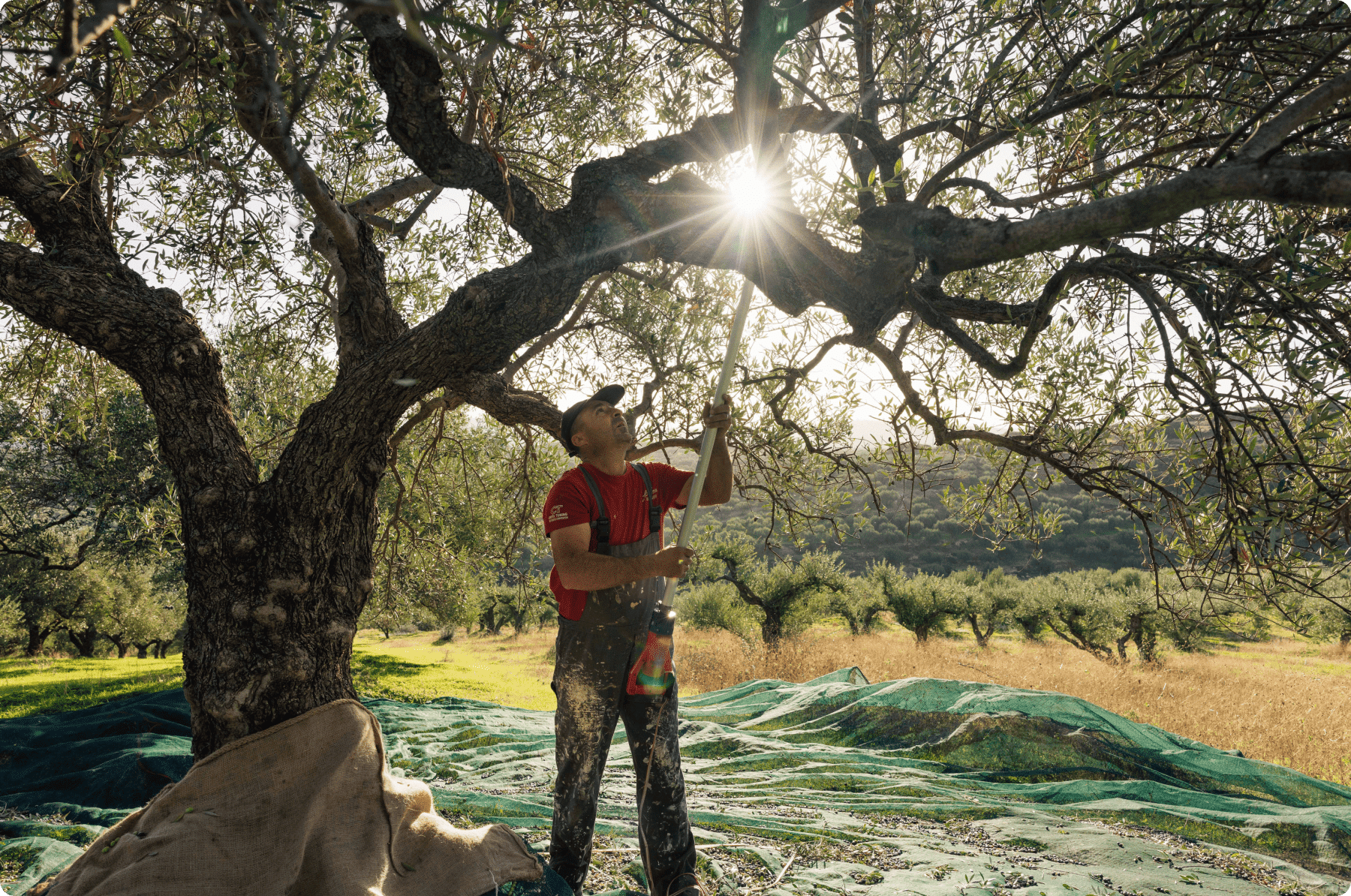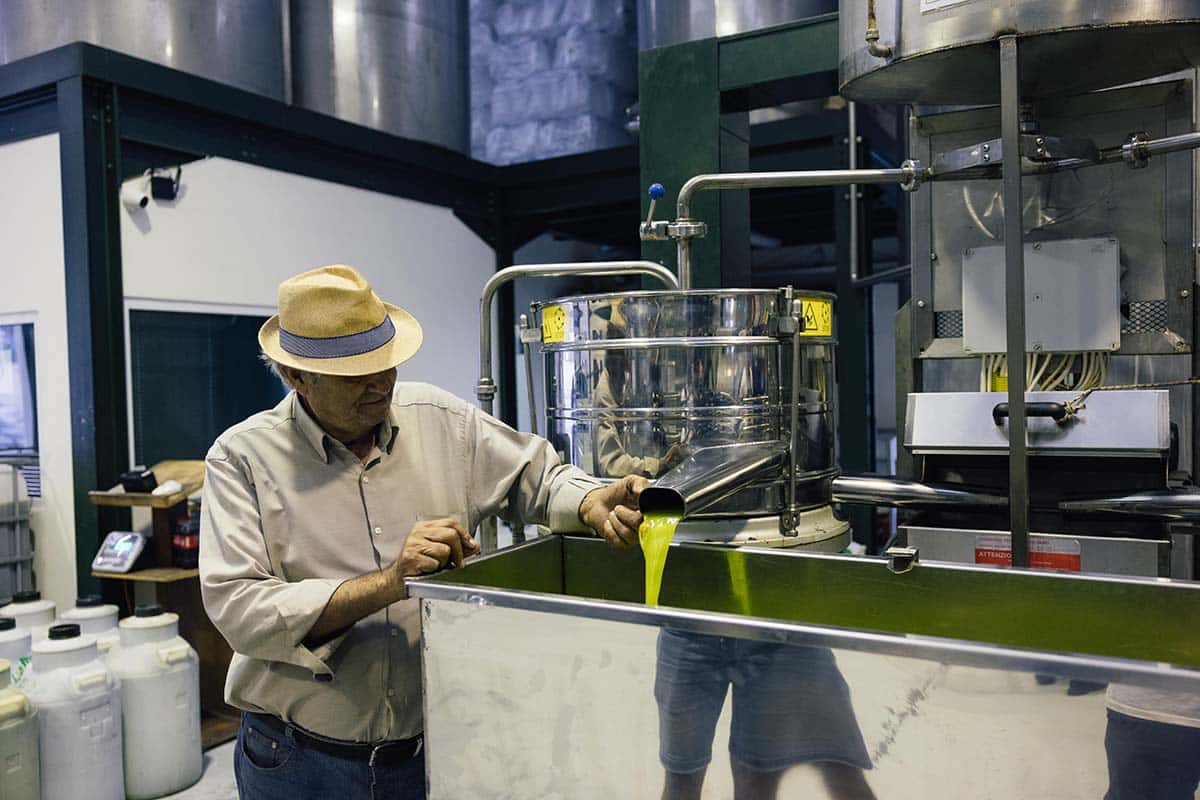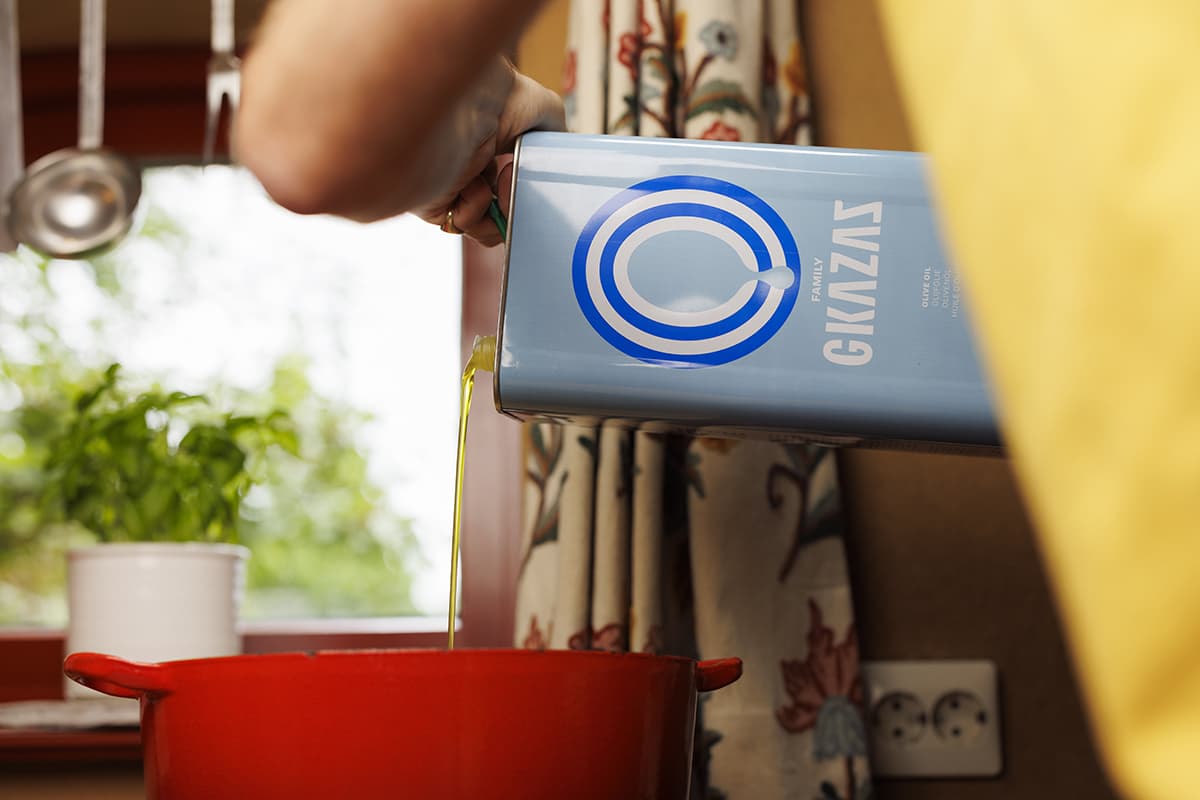What is extra virgin olive oil? You can approach and answer this in several ways. So that from now on you know exactly what you’re talking about, we’ll give you the different answers. You’re welcome!
Different types of olive oil
It’s good to know that there are 6 types of olive oil suitable for consumption and 4 types that are not! Below you’ll find a brief overview of these types. Here is an article with detailed information about the different types of olive oil!
-
- Organic extra virgin olive oil is the best olive oil. No pesticides are used, and you won’t find any in the olive oil when it’s chemically tested.
- Extra virgin olive oil is cold-pressed from the first pressing. The oil has a low acidity (maximum 0.8%) and most of the nutrients such as vitamins, minerals, polyphenols, and antioxidants have been preserved.
- Virgin olive oil has a higher acidity of up to 2 percent and is often lower in taste, color, and aroma compared to extra virgin olive oil.
- Olive oil is often a blend of (extra) virgin olive oil with refined olive oil, making it suitable for cooking but with little flavour and vitamins.
- Refined olive oil is low-quality olive oil where impurities are removed. This refined oil is blended with other oils from the first pressing to give it some flavour and aroma, making it edible for humans.
- Pomace olive oil is olive oil obtained by pressing oil from olive pulp and/or olives that have already been mechanically processed. We do this in a natural way by heating the pulp to 60 degrees Celsius, refining the raw pomace olive oil, and blending it with organic extra virgin olive oil.

What is extra olive oil?
So, now you know the different types of olive oil. What is extra virgin olive oil? Let’s dive a bit deeper. This olive oil is pressed directly and cold-pressed. In this way, you get an extra virgin olive oil with a lot of flavor, where all the natural vitamins and minerals are preserved. This makes it highly suitable for use in cold dishes, but as we already know, it’s also great for cooking and frying.
The first way to classify it is by looking at the acidity level. It should not be above 0.8 percent. For better extra virgin olive oils, this is below 0.5. However, this is not the best way to classify it. This doesn’t say anything about the taste and therefore the defects (more on this soon) of the olive oil.”

The best method is organoleptic testing. This is a fancy term, but it is best translated as a taste analysis. There are experts who can do this, but we choose to have it done through a lab. You will then receive a taste profile showing the positive attributes and negative defects. There are 3 main parameters: fruitiness, bitterness, and the peppery taste in the throat. The higher these values, the higher the quality of the olive oil. The median score for the 12 olive oil defects must be 0, and the median for fruitiness should be above 0.
We <3 extra vierge olijfolie
Now you know what extra virgin olive oil is. We have many more great articles about extra virgin olive oil.
















